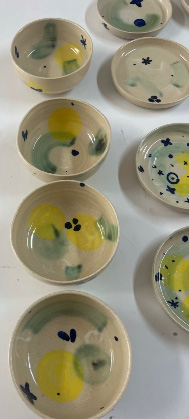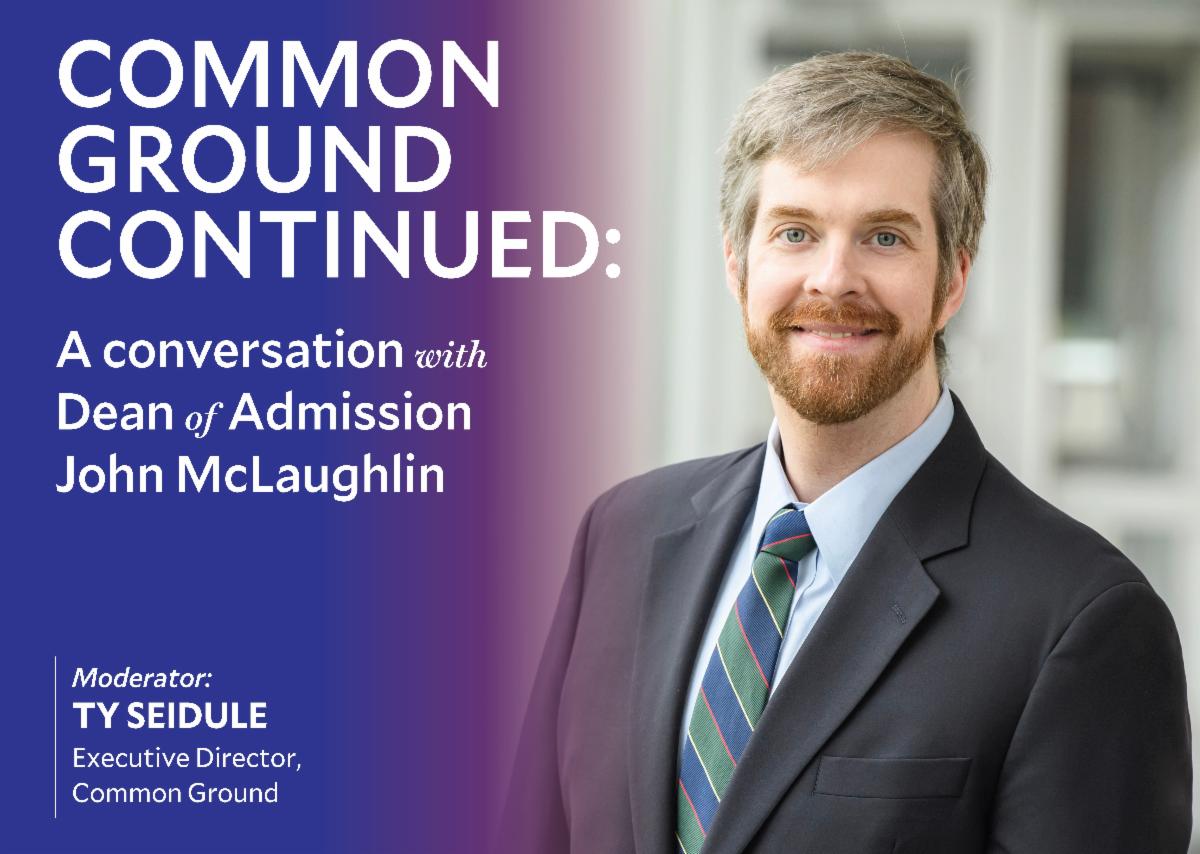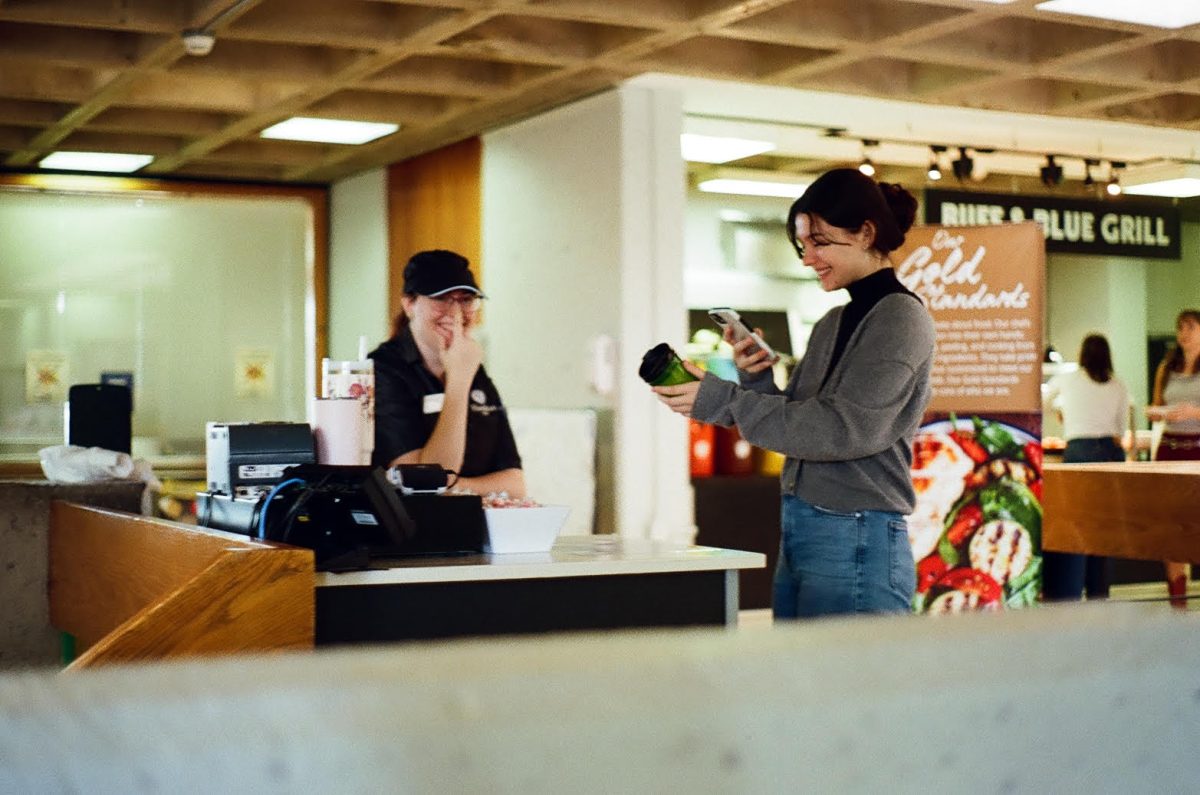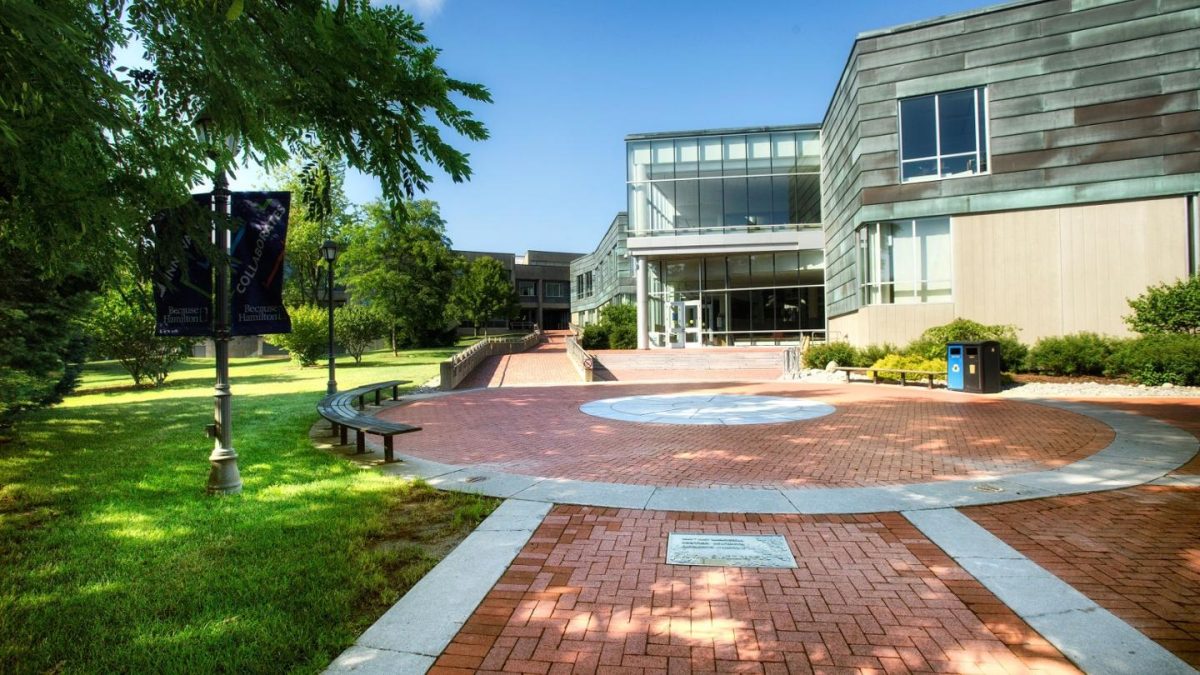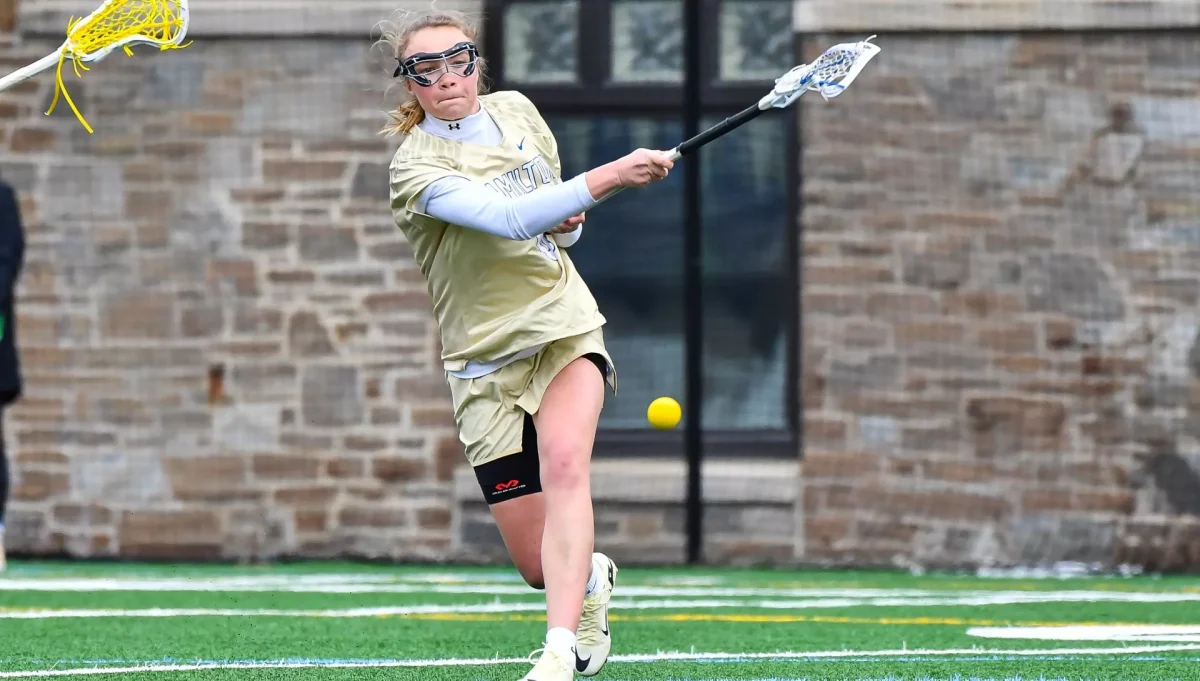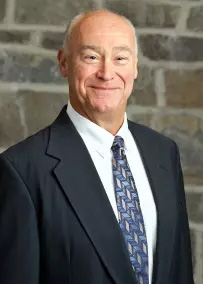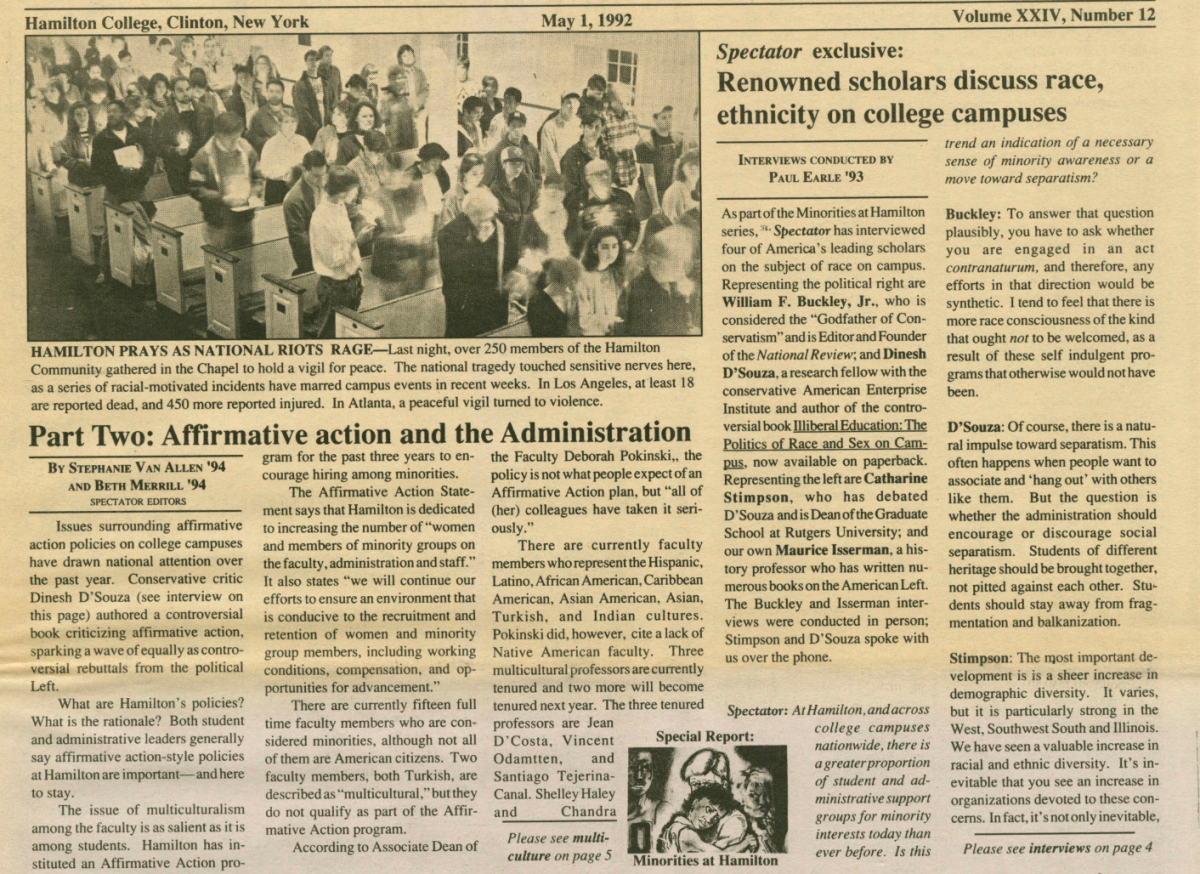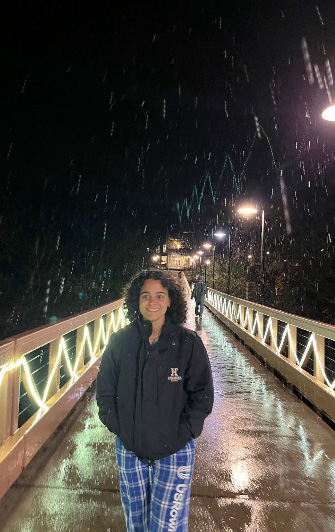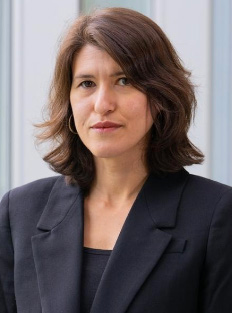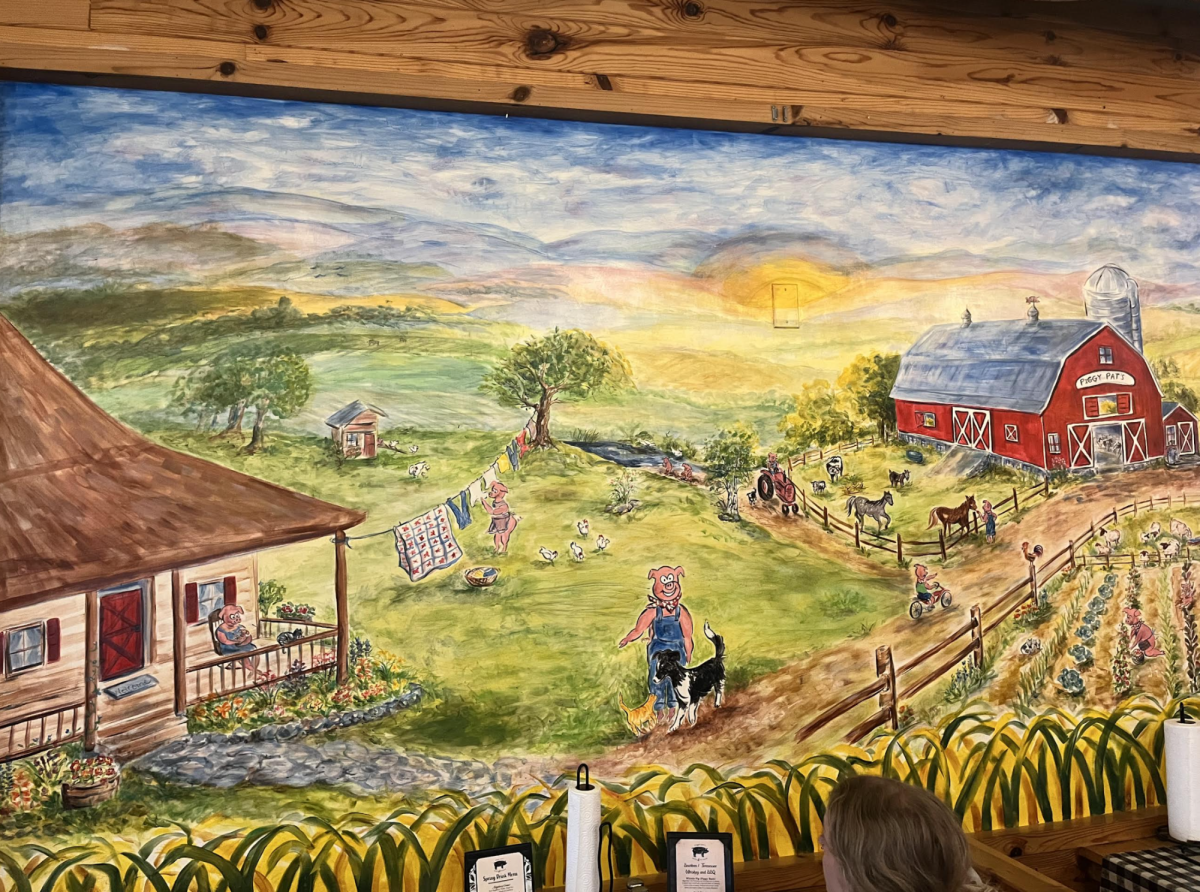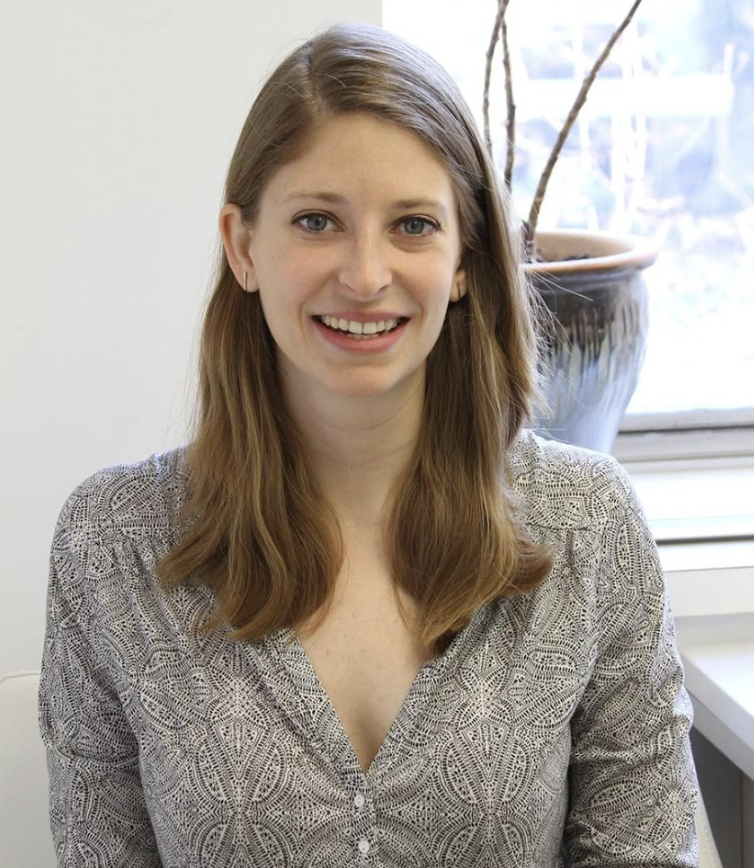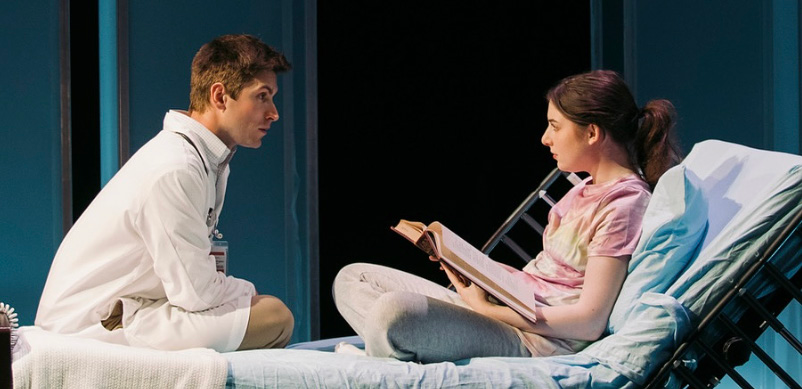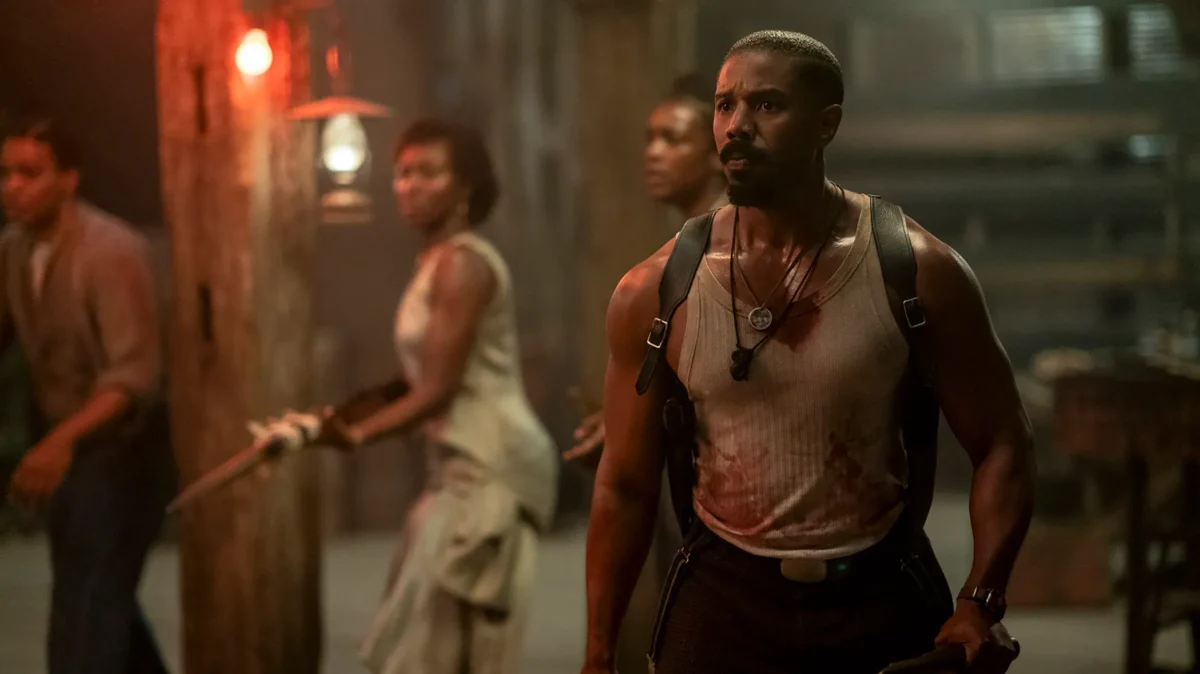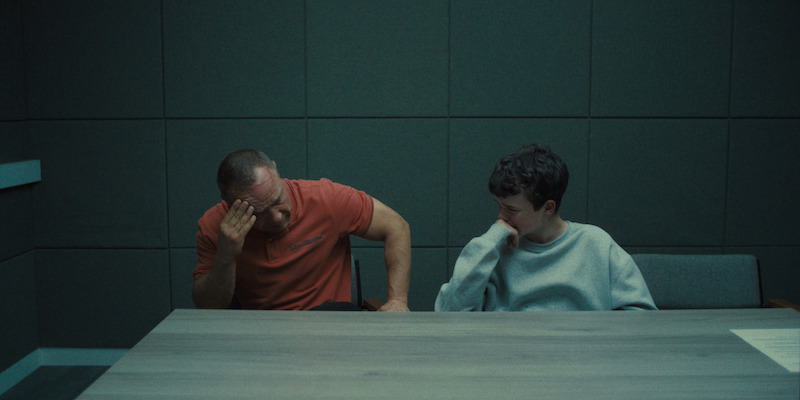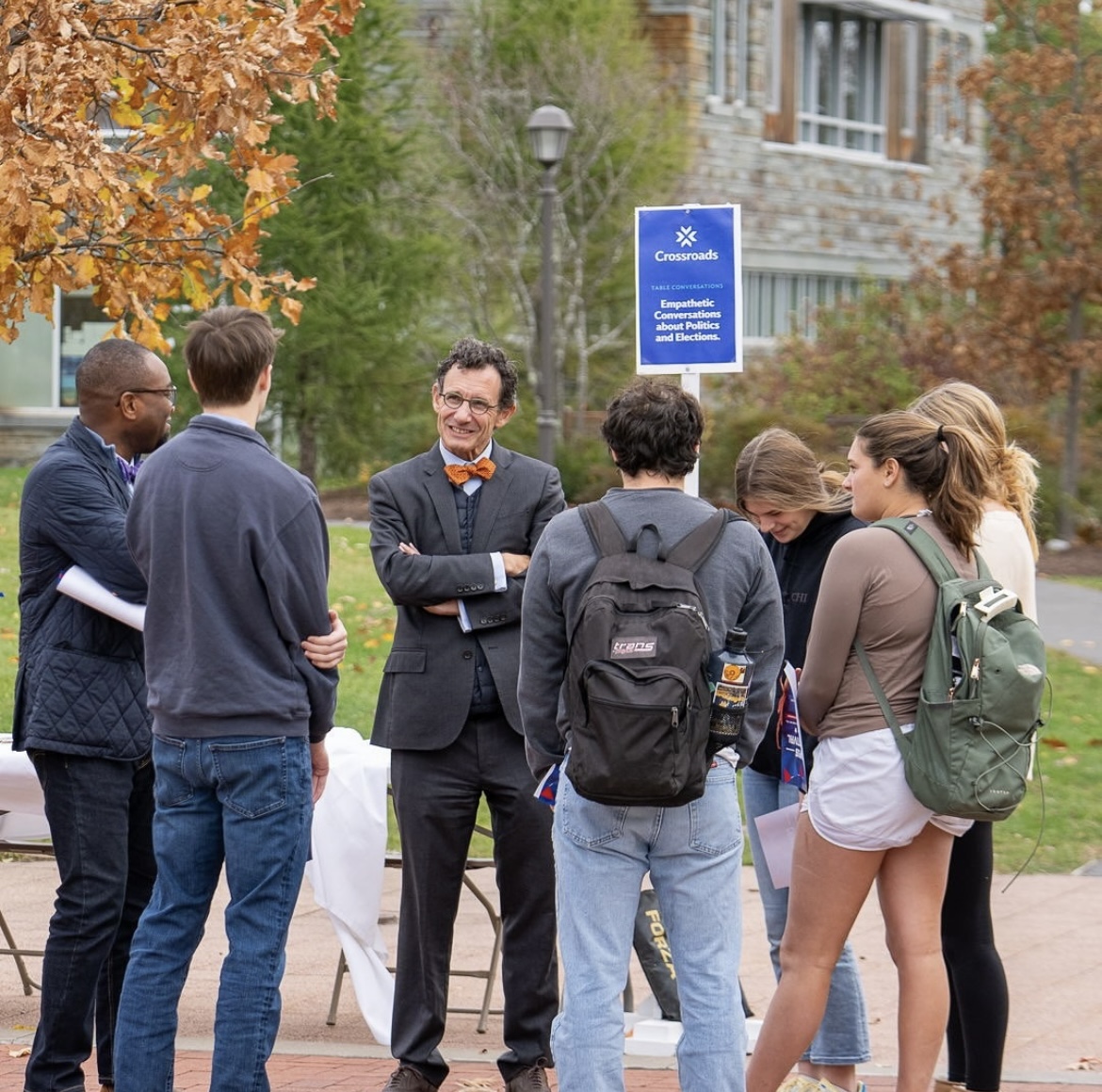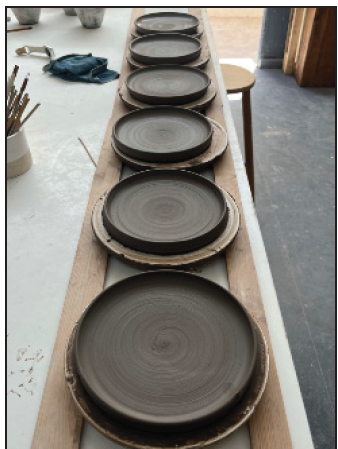
This summer, Carolyn Levin ’26, used the funds from an Emerson grant to travel to Valencia, Spain, where she worked as an ceramics apprentice under Valencia ceramicist, Ana Illueca. A Bio-chemistry and Art student with aspirations of becoming a reconstructive surgeon, Levin yearned to hone her craft as a ceramicist and refine her artistic voice through the traditional master-apprentice relationship.
Levin explained that the objective of her project was to “examine the traditional master-apprentice relationship in ceramics.” Reflecting on her experience, Levin explained: “I was able to understand how it was to experience such an intimate relationship with a traditional ceramic master, which is something that I had craved for my entire time as a novice and pupil.”
Levin insisted that all art students should “foster a close relationship with their master, or teacher. You have to create a close bond with whoever you are learning from so they can teach you the tricks of the trade really effectively.” Beyond the artistic sphere, Levin also commented that there is a real need for creative thinking and apprentice- master relationships in other professional arenas, such as the corporate business world.
Levin also explained the value in studying art as a pre-med student. “I actually think that art is extremely critical to my practice as a physician because I want to be a reconstructive surgeon professionally. All my art, all my life has been very focussed on the human body. I create bulbous forms that represent curvature on the human body. I have also graduated from creating more sculptural pieces–hand building out of plaster and silicon that accurately represent human anatomy,” Levin commented.
Beyond the clear connections between Levin’s interest in reconstructive surgery and ceramics, she also noted that her training as a ceramicist and art student has supported her scientific learning more generally: “I encourage anyone to exercise their creative mind. I can picture three molecules from organic chemistry in my mind, the biological pathways in biology. I can illustrate these things and make them very tangible to me.”
In addition to her work in the studio, Levin explained that she had made it a goal to immerse herself in the social scene of Valencia. “I was excited to make a social circle of my own. I really felt that I was able to cultivate a sense of independence. Having a job that was all my own and a social life that was all my own…I explored cultural scenes, I went to museums.” Levin articulated that she “felt very much transformed,” after her experience in Valencia.
Levin’s primary project was creating uniform sets of dinner plates dessert bowls, also known as “series” for a restaurant in Valencia. Each of the series had to be identical and uniform without any imperfections. Making these series of plates or bowls demanded an immense degree of precision, attention to detail and process and patience. “The master went through with me how to make the exact curve on each piece look exactly like, how to get the inside and outside to match.” Levin explained that she initially felt a huge amount of pressure to make her pieces perfect the first time around but was relieved when she discovered that her master actually encouraged making mistakes and saw failures as part of the artistic process.
Levin explained that she had to get used to throwing away her pieces: “I threw out more than I kept.” Levin noted, “I had a greater goal of creating a uniform series and once you create one successfully, those failures along the way are just demonstrations of how you’ve perfected your craft.”
Levin said that she grew up making pottery with her twin sister in New York City– “we sold our pieces on the streets of New York City.” She expressed her passion for her art as experimental and innovative: “art has given me this sense that, if I want to do something, I am going to find a way to do it because I am innovative enough and I am creative enough because I am skilled and I have experience creating something with steps that I’ve come up with.”
Levin will present her work from her summer on Thursday, September 26th on the second floor of KTSA. Hamilton students should consider bringing their academic visions to life by applying for an Emerson grant. The pre-application is due on January 24th and the full application, February 19th. More information about Emerson funding can be found on Hamilton College’s website.
